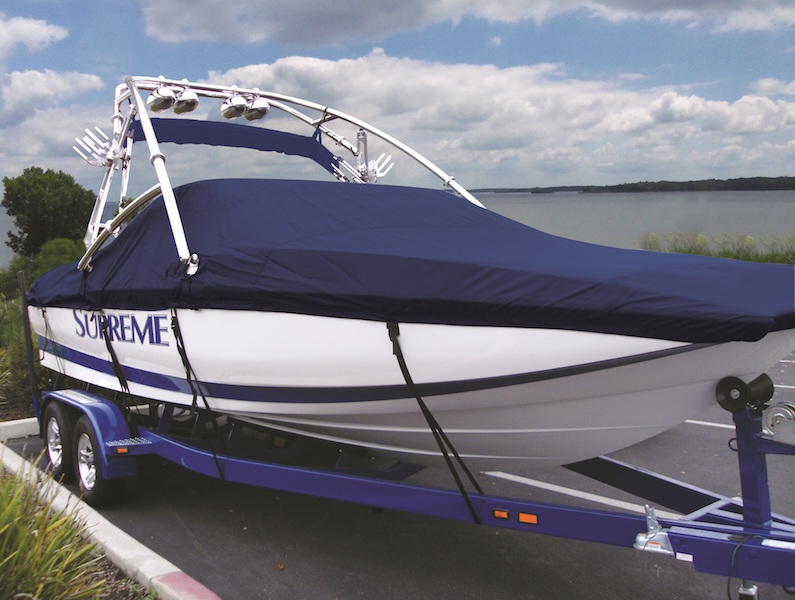Set Sail with Elegance: Choosing the Perfect Boat Cover
measurements and any extra gear that may affect the fitting, as a ideal fitting is essential for greatest safeguarding.
When it relates to fabrics, vessel protections typically are made of heavy canvas, synthetic material, or a mixture of those options. Each material offers distinct advantages; for example, heavy-duty fabric is well-regarded for its durability and breathability, whereas synthetic material tends to be light and water-resistant. Evaluating the usual weather environments your vessel will face is also vital, as some protections are tailored for harsh conditions, while alternative options are better appropriate for gentler conditions.
Tailored vessel protections can deliver an ideal fit and often include supplementary options like strengthened stitches and tailored cutouts for attachments. However, universal vessel covers offer a affordable choice and can work well for many boat types. In the end, assessing your individual needs and wants will help you find a boat cover that not only protects but also improves your boating adventure.
Boat Cover Materials and Styles
When selecting a boat cover, knowing the multiple materials available is crucial for deciding on an informed choice. Common materials feature canvas, polyester fabric, PVC, and plastic. Narrow Boat Covers is known for its longevity and air-permeability, making it a preferred choice among boaters in need of a reliable option. Polyester conversely, offers a balance of durability and affordability, while the vinyl material and polyethylene are superior for protecting against all weather due to their water-resistant properties. Each material has its own set of advantages and potential downsides, relying on your individual requirements.
The style of the boat cover also plays a significant role in determining the level of defense and ease of use it offers. There are several styles to explore, including complete covers, custom-fit covers, and transportable covers. Full covers provide complete shielding, protecting the full boat from the environment, while tailored covers are customized to the exact dimensions of your boat for best fit. Trailerable covers are designed to be secure during transport, minimizing the risk of flapping and wear from air currents. Each style has its purpose, so understanding which one fits your usage and habits is crucial.
Moreover, boat covers can include various characteristics that enhance their capabilities. Some covers are equipped with stitched edges for increased toughness, while others may feature built-in ventilation openings to facilitate air circulation and prevent moisture buildup. UV treatment is another important aspect that protects your boat from sun damage, lengthening its durability. When shopping for a boat cover, it’s beneficial to evaluate these additional characteristics to confirm you select a cover that not just fits correctly but also meets all your safeguarding needs throughout the seasons.
Maintenance and Maintenance for Covering Boats
Adequate care and maintenance for your boat cover can significantly extend its lifespan and maintain its functionality. Regularly check your boat cover for any signs of wear, such as fraying seams, rips, or fading. If minor damage is found, fix it immediately to stop further deterioration. Keep the boat cover clean by removing grime, debris, and feces from birds, as these can hold moisture and cause mold and mildew growth.
When washing your cover for your boat, use a mild soap and a gentle scrubber, avoiding strong cleaning agents that can degrade the material. Rinse well to make sure no soap residue is left. Allow the cover to air dry fully before folding or storing to avoid moisture buildup. If your boat cover is made for water resistance or waterproofing, periodically treat it with a liquid waterproofing solution to uphold its protective qualities.

Storing your cover for your boat correctly when not in use is just as important as maintaining it. Keep the cover in a cool, arid location, protected from direct sunlight and severe heat, which can lead to damage. Consider using a storage bag that is breathable to block dirt while providing airflow. By giving your cover the care it deserves, you ensure that it continues to protect your boat for many years to come.